Can you really use table salt to melt ice?
We did some experiments to see if table salt will work in a pinch
Products are chosen independently by our editors. Purchases made through our links may earn us a commission.
We’ve all been there: Waking up to find that a surprise cold front blew through and the night’s slight rain shower has turned to ice, covering your walkway and driveway. You’ve been caught short with no road salt, and even the best snow shovels have limitations.
Wondering what the difference is between rock salt vs. table salt? Can you use table salt instead? We decided to do some experiments to find out if busting out a carton of Morton is even worth considering. But before we could do that, we needed to do a little research on how ice melters and road salts work.
Why does salt melt ice?
You probably learned in grade school that the molecules of a solid object are closer together than those of a liquid—and the colder something gets, the closer together its molecules move. The same is true of water when it turns to ice.
When salt comes into contact with ice, it dissolves into its constituent ions. Those ions get in between the water molecules, forcing them apart and turning the ice back into a liquid.
Rock salt vs. table salt
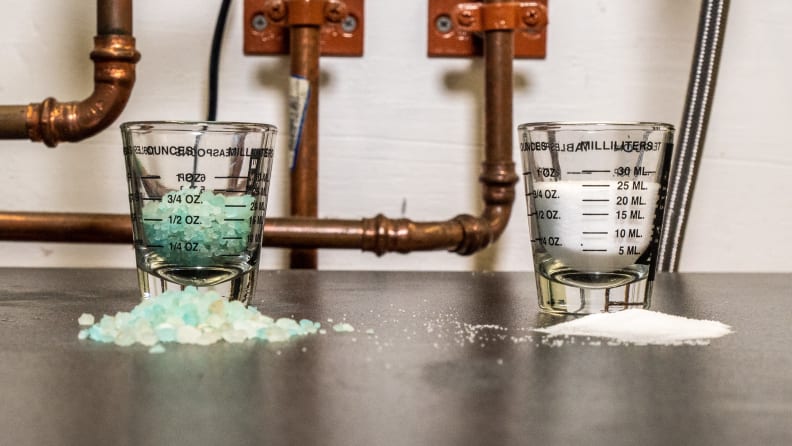
Table salt is more finely ground, but only slightly denser than commercial ice melter.
Table salt is significantly cheaper than most commercial ice melters. Morton salt costs about half as much as ice melter per pound. So why would you not go with the cheaper solution?
Well, commercial ice melters are typically made from calcium chloride, which has more of those ions we were discussing earlier. That means it can create more space between water molecules and thus work at lower temperatures. A 50-pound bag of Blue Heat Snow and Ice Melt, which we used for our experiments, works at temperatures as low as -25°F. Table salt, on the other hand, will only work in temperatures down to about -6°F.
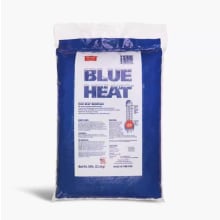
This powerful ice melt comes in bulk.
Is table salt effective at melting ice?
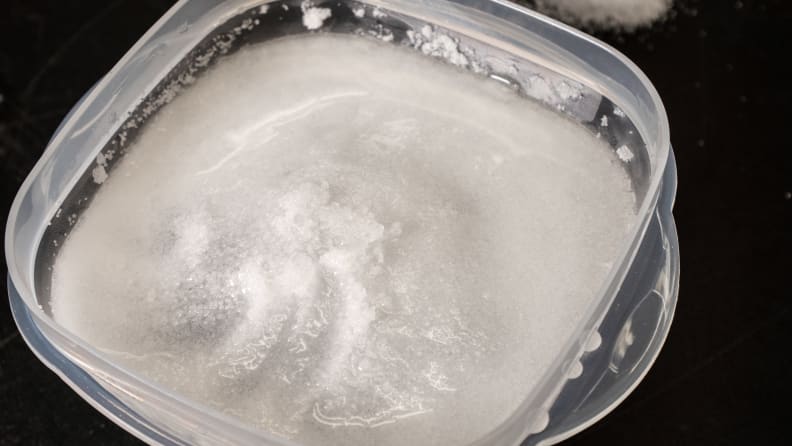
After the first minute, the table salt turned the surface of the ice block into slush.
For this experiment, we pitted rock salt vs. table salt to see if table salt could be as effective at melting ice as commercial rock salt. We filled two containers each with 350ml of water, froze them, and sprinkled 25ml of either table salt or ice melt on top. Over the course of three hours in our labs (which are set to 72°F), we measured how much of the ice had melted and made notes on any unusual patterns we saw.
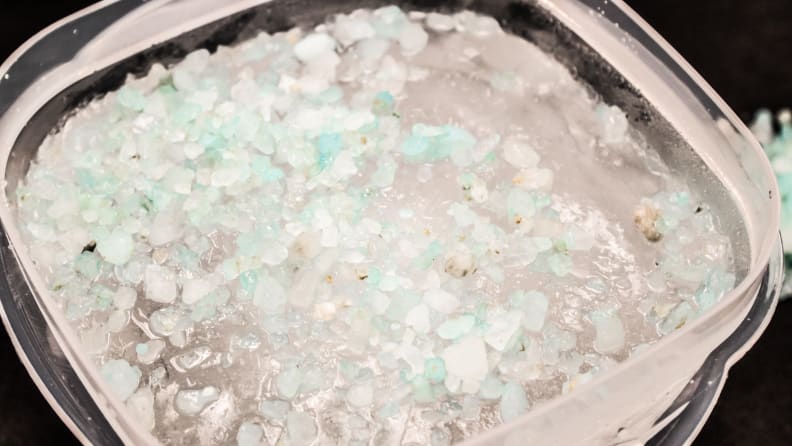
The commercial ice melter took longer to get started than the table salt.
The results were interesting, to say the least. The table salt, being finely ground, quickly started converting the ice into water. In fact, the moment the table salt touched the ice block, the surface turned to slush. The ice melt took a lot longer to get started, but had much more penetrative power. It took about an hour for it to catch up.
At that time, the ice melt has bored deep fissures into the ice block, meaning it’d be easy to shovel aside. By the end of the three hours, however, both solutions were mostly liquid.
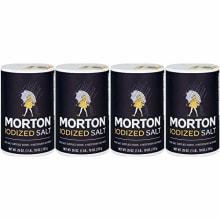
This classic table salt gets to work on ice immediately.
Rock salt vs. table salt: What’s the verdict?
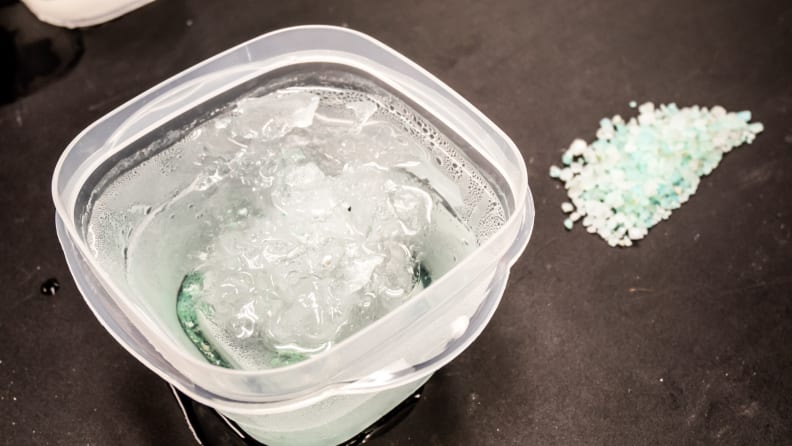
The ice melter created broke our ice blocks into chunks that could easily be shoveled aside.
Based on our research and experiments, we think table salt is a fine solution in a pinch. However, it’s most useful on small or thin layers of ice on days where the temperature is above 0°F. Based on our experiments, table salt turns ice into slush, which is heavy and difficult to move in large quantities. Ice melt, on the other hand, creates deep cracks, turning patches of ice into movable chunks.
After all our experimentation and research, small walkways and front steps can be handled by table salt, while ice melt is needed for driveways and parking lots.

This powerful ice melt comes in bulk.


